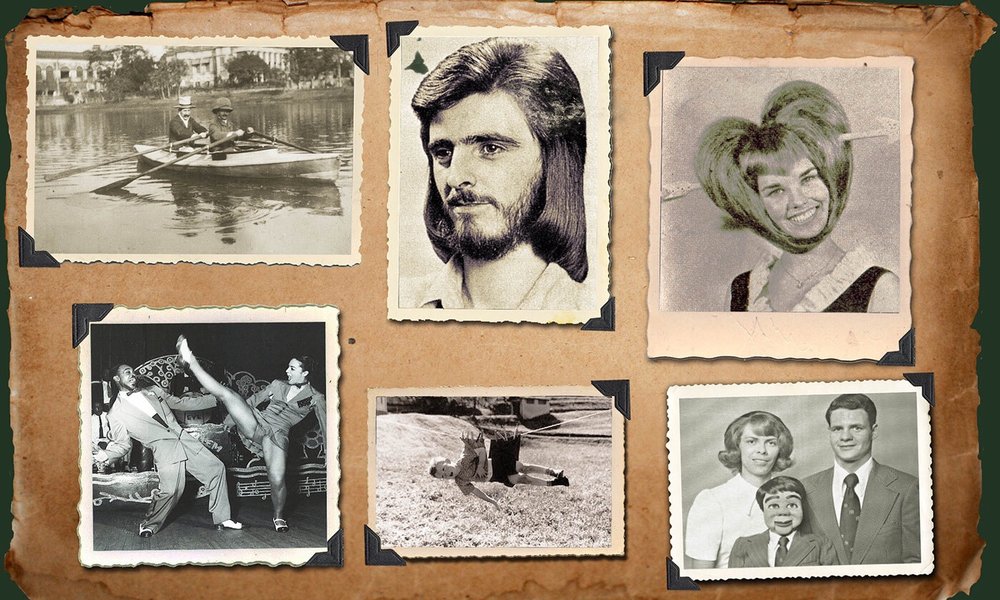Historical Media
- By way of definition, narcissism means self-centeredness and excessive love for oneself. In this age and time, the smartphone that powers social media appears to be a good way to feed narcissistic tendencies.
However, it is interesting to note that people did not just start using the media to reflect themselves. Before the introduction of smartphones, people kept diaries as a way of understanding themselves as well as their surrounding environments.
Going back in history to the eighteenth and nineteenth centuries when secular diaries gained more popularity, New Englanders who fell in the middle class (most especially the white women) documented events of their daily lives and their surrounding world. They didn’t pour out their innermost desires into the diaries but only used the diary as a way of recording events in their surrounding world.
They recorded events such as what happened in their houses, their daily activities, the visitors they had, among other social happenings. They used the diaries to capture the daily routines and women who kept diaries focused more on their families as well as their communities.

Then, women who newly married often sent their diaries back home so they could keep their relationship with their family members. Sometimes, when family members or even friends came visiting, it wasn’t unusual for them to all sit and look through the journal together. In fact, Victorian parents of the late nineteenth centuries used to read out the content of their kids’ diaries at night.
Reasons For Documentation
Today, most people use diaries to document private events and the content remains unshared, unlike earlier times. Asides diaries, they made us of photo albums, scrapbooks, slideshows, baby books among others to document events in their lives and they also willingly shared with other people.
This indicates that using media to document life events didn’t just begin today. There are different reasons for this action. Some use it as a way of getting more understanding about themselves while some use it to determine behavioral trends.

Sharing our daily lives with others can serve as a reinforcement of intimacy and social connection. Our documented events and pictures and the sharing of those events with others help to highlight the different figures present in our identities.
Old Technology Versus New Technology
By attempting a comparison between the old technologies and the new ones that help us document our life events and our surrounding world, an identification of the difference that exist that era and this contemporary world can be easily done. The twentieth-century media thrives on a broadcast model and that is what all media platforms build on. They are available for free usage unlike the historical diaries, photo albums, and scrapbooks that people had to pay for.
In the contemporary world, advertising contributes to the use of these platforms. The platforms offer incentives that encourage people to use them to get larger audiences and the pictures and likes are turned into commodities.
This isn’t to say that the documentation of daily lives in the past was not used as commodities. Commercial products were used for life documentation and sharing. Sometimes, they also commercialized content.
For instance, the scrapbooks available in the early nineteenth century contained commercial material which people used to document life events and the events happening in their surrounding world. One may think that since they owned their scrapbook or journal during that period. However, the fact that those diaries got sent back home and even read aloud complicated the idea of singular ownership.

In addition, the access to media documentations commercially has a complex history. For instance, at the onset, people would purchase a camera and the film from the photography company, Kodak, later to send the film back to this company to develop. What that implies is that Kodak could access all memories created by its customers. However, the company did not turn those memories into a commodity in the manner we know it today. The company only sold its service and technology to its customers. It did not exchange its customers’ traces or target them for advertisement.
Social media has gone beyond just connecting people and is now characterized by multiple notifications that keep reminding us to remain socially connected. Social connectivity is arguably meaningful and it is not fair to hold a presumption that because people use these platforms they are narcissistic. People share their daily experiences with others because it helps create this feeling of connection like it has always existed. Thus, social media presence goes beyond mere narcissism as it not only helps us see our reflections but also helps us feel connected to others as well.




